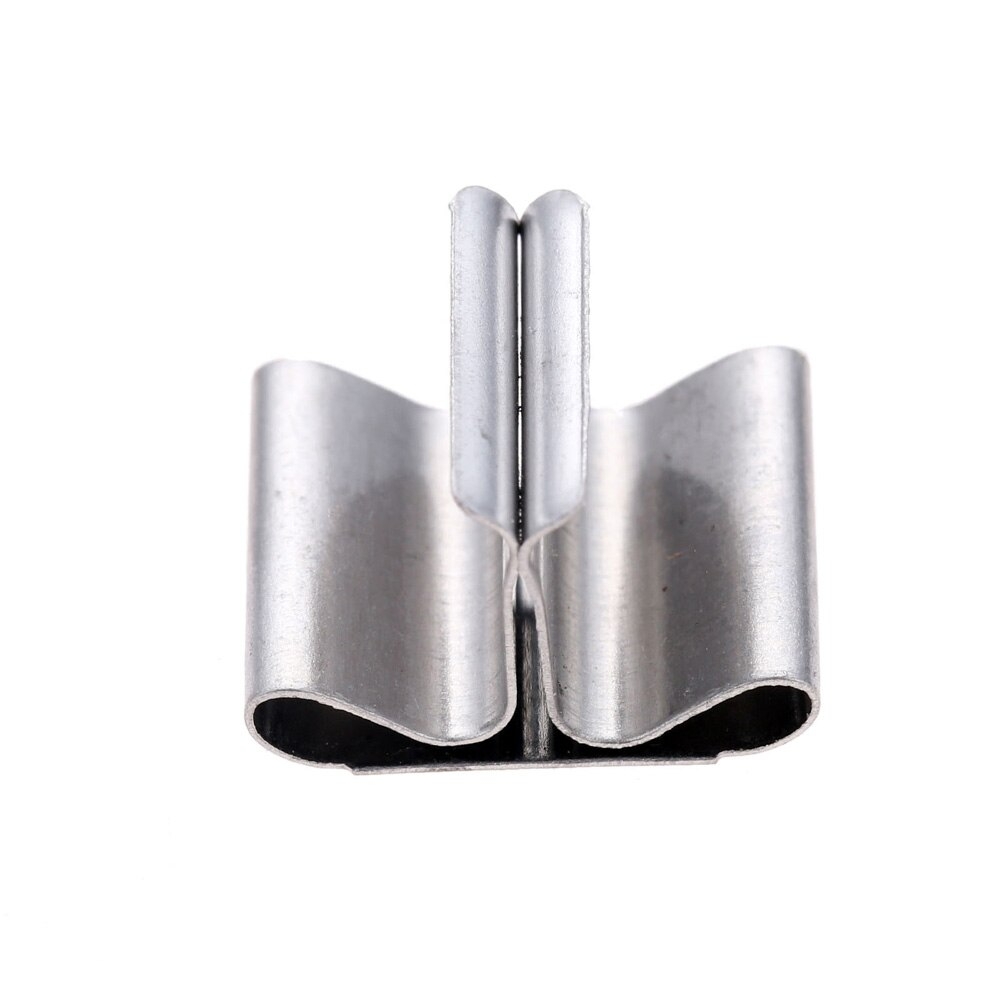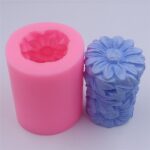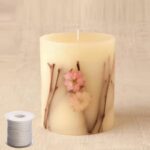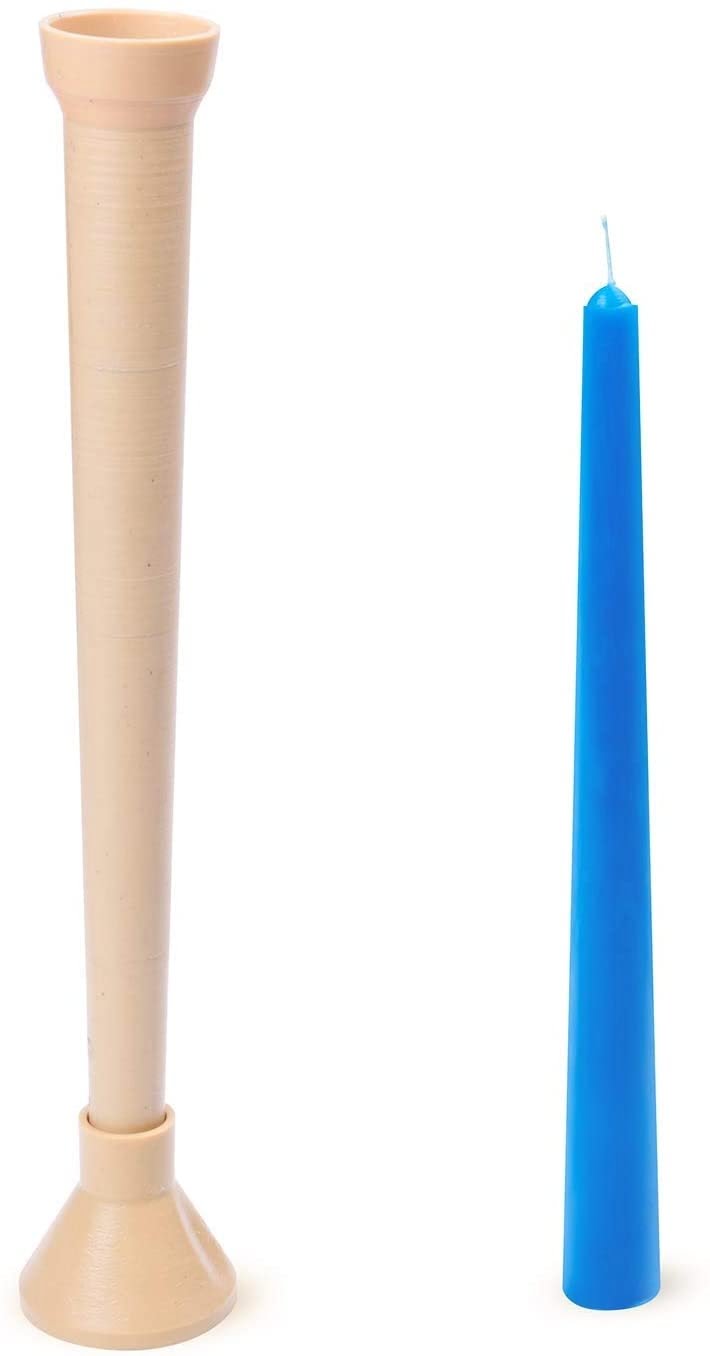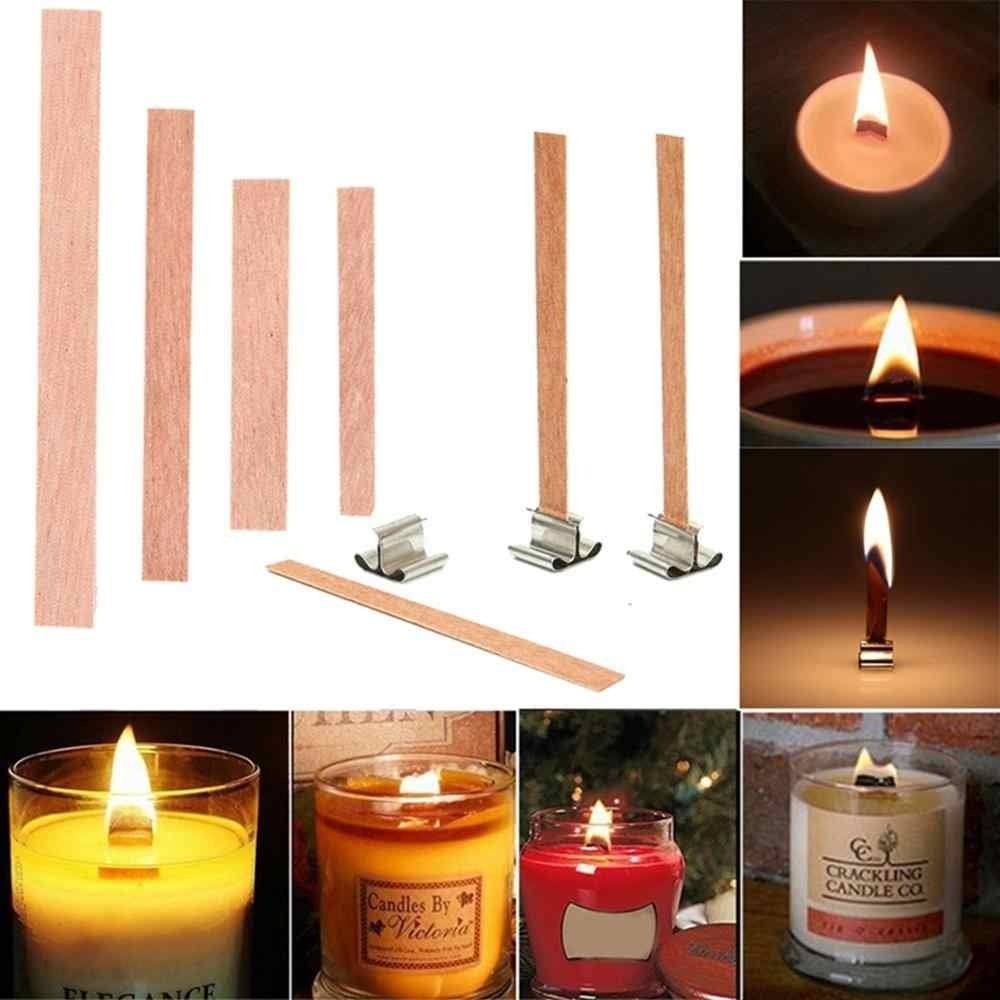When it comes to candle making, one crucial aspect that can often be overlooked is the size of the wick used. The wick plays a significant role in how your candle burns, influencing factors such as burn time, scent throw, and overall performance. Understanding which wick size to use for your candle is essential to creating a successful product that burns evenly and efficiently.
Choosing the right wick size for your candle involves considering various factors, such as the type of wax you’re using, the diameter of your container, and the fragrance load in your candle. The wrong wick size can lead to issues like tunneling, soot buildup, or an uneven burn. It’s crucial to select a wick size that complements these factors to ensure a well-performing candle.
Different types of wicks are available on the market, each with its unique characteristics and burn properties. From cotton wicks to wood wicks, each type can impact how your candle burns and the overall aesthetic appeal.
Experimenting with various wick sizes through DIY testing is one way to determine the best option for your specific candle-making needs. Stay tuned as we delve into more details about choosing the right wick size and how it can affect your candle-making process.
Factors to Consider When Choosing the Right Wick Size for Your Candle
When it comes to candle making, selecting the appropriate wick size is crucial to ensure a successful burn and optimal performance of your candles. There are several factors to consider when choosing the right wick size for your specific candle-making project. Understanding these factors will help you create high-quality candles that burn evenly and efficiently.
Wax Type and Composition
The type of wax you use in your candle-making project plays a significant role in determining the appropriate wick size. Different waxes have varying melting points and compositions, which can affect how a wick burns within the wax. For example, softer waxes may require a larger wick size to accommodate better combustion, while harder waxes may work well with a smaller-sized wick. It’s essential to consider the characteristics of your wax when selecting the right wick size.
Candle Size and Shape
The size and shape of your candle also influence the choice of wick size. Larger candles typically require thicker or multiple wicks to generate enough heat and reach a full melt pool, while smaller candles may only need a single small-sized wick.
Additionally, the shape of your candle, whether it’s container, pillar, votive, or taper, will impact how the flame interacts with the wax and how evenly it burns. Consider the dimensions and design of your candle when determining which wick size to use.
Fragrance Load and Additives
If you plan to add fragrance oils or other additives to your candles, it’s essential to factor in their impact on the burning process when selecting a wick size. Some fragrances can affect how quickly or slowly a candle burns, so adjusting the wick size accordingly can help maintain an efficient burn.
Be mindful of any additives like colorants or UV inhibitors as well since they may alter the burning characteristics of your candle. Experimenting with different combinations of wax types, additives, and fragrance loads can help you find the best wick size for your unique candle-making recipe.
Types of Wicks and Their Impact on Candle Burning
When it comes to candle making, choosing the right wick size is crucial for the overall performance of your candles. The type of wick you select can significantly impact how your candle burns and how long it lasts. There are several types of wicks available in the market, each with its unique characteristics that influence the way a candle burns.
Cotton Wicks
Cotton wicks are one of the most popular choices for candle making due to their versatility and clean burning properties. These wicks come in various sizes, from small to large, allowing you to customize the burn rate of your candles. Cotton wicks are known for their minimal soot production and steady flame, making them ideal for different types of candles.
Wooden Wicks
Wooden wicks have gained popularity in recent years for their crackling sound and aesthetic appeal. These wicks are made from wood and create a unique ambiance when lit. Wooden wicks tend to produce a wider flame compared to cotton wicks, which can affect the melt pool size and overall burn time of the candle. It is essential to consider the type of wax and fragrance load when using wooden wicks to ensure proper burning.
Zinc Core Wicks
Zinc core wicks are another option for candle makers looking for a stable and consistent burn. These wicks contain a thin zinc wire running through the center, providing structure and rigidity to prevent mushrooming.
Zinc core wicks are suitable for containers with deeper melts pools or larger diameters, as they can help distribute heat more evenly throughout the candle. However, it is essential to test different sizes of zinc-core wicks to find the perfect match for your specific candle-making needs.
How Wick Size Affects the Burn Time of Your Candle
When it comes to candle making, the size of the wick plays a crucial role in determining the burn time of your candle. Choosing the right wick size can significantly impact how long your candle will burn and ultimately, how much enjoyment you’ll get out of it. Here are some key points to consider when understanding how wick size affects the burn time of your candles:
- The diameter of the wick: The diameter of the wick directly affects how much wax is being consumed during each burn cycle. A larger wick diameter will typically result in a faster burn rate, while a smaller diameter may lead to a slower and longer burn time.
- The type of wick material: Different wick materials, such as cotton, wood, or metal-core, can also influence the burn time of your candle. Each type of material has its own burning characteristics that can either shorten or lengthen the overall burn time.
- The length of the wick: The length of the wick can impact how efficiently it burns through the wax. A shorter wick may not reach all edges of the container, causing uneven burning and potentially reducing the total burn time.
Considering these factors when selecting the appropriate wick size for your candle is essential in achieving desired results. Finding the right balance between these elements will help you create candles that burn evenly and efficiently, ensuring a longer-lasting and enjoyable experience.
In addition to choosing the correct wick size based on these factors, proper care and maintenance of your candles can also contribute to extending their burn time. Trimming the wick before each use, keeping them away from drafts or other sources of airflow, and avoiding over-burning can all help prolong the life of your candles.
By understanding how different variables interact with each other in candle making, you can optimize both the burn time and overall performance of your creations.
Common Mistakes to Avoid When Selecting Wick Size for Candle Making
When it comes to candle making, selecting the right wick size is crucial to ensure a successful and long-lasting burn. Choosing the wrong wick size can result in issues such as tunneling, uneven burning, or even the candle not staying lit. To avoid these common mistakes, it is important to consider a few key factors before selecting a wick for your candle.
Factors to Consider When Choosing the Right Wick Size for Your Candle:
1. Candle Diameter: The size of your candle will determine the appropriate wick size needed. For larger candles, a thicker wick may be necessary to ensure an even burn.
2. Wax Type: Different types of wax have varying melt points and densities, which can impact how the wick burns. Be sure to consider the type of wax you are using when selecting a wick size.
3. Fragrance Load: If you are adding fragrance oils to your candle, this can also affect how the wick burns. A heavily scented candle may require a larger wick size to accommodate the additional additives.
Types of Wicks and Their Impact on Candle Burning:
– Cotton Wicks: These are commonly used in candle making due to their clean burn and minimal soot production.
– Wooden Wicks: These wicks create a unique aesthetic and crackling sound when burning, but may require different sizing compared to cotton wicks.
– Braided Wicks: These are versatile wicks that can be used with various types of wax and additives.
By carefully considering these factors and testing different wick sizes with your candles, you can avoid common mistakes and create high-quality candles that burn evenly and efficiently. Experimenting with various wick sizes is essential in finding the perfect fit for your specific candle-making needs.
DIY Candle Making Tips for Testing Different Wick Sizes
When it comes to candle making, selecting the right wick size is crucial to ensure a successful burn and optimal performance of your candles. The wick size directly impacts how your candle burns, including factors such as flame height, even wax melt pool, and burn time. Testing different wick sizes before settling on the perfect one for your candle is essential to achieve the desired results.
One DIY tip for testing different wick sizes is to create small test candles using various wicks to see how they perform with your chosen wax and fragrance combination. Start by melting a small amount of wax, adding your fragrance oil if desired, and then carefully pouring the wax into small containers with different wicks inserted. Allow the candles to cool and set, then test each one to observe how they burn.
Another useful tip is to keep detailed notes during your testing process. Record observations such as flame height, how quickly the candle forms a full melt pool, any smoking or sooting issues, and overall burn time. By keeping track of these details for each wick size tested, you can easily compare results and determine which wick size performs best with your specific candle-making setup.
Additionally, don’t be afraid to get creative with your testing methods. Try burning your test candles in different environments (such as indoors vs. outdoors) or under varying conditions (like drafty rooms or still air) to see how the wick sizes respond. This experimentation can provide valuable insights into how versatile or resilient each wick size is, helping you make an informed decision for your final candle creations.
| Wick Size Testing Tip | Description |
|---|---|
| Create Small Test Candles | Make mini candles using different wicks to observe burning performance. |
| Keep Detailed Notes | Document flame height, melting pool formation, and other key observations for comparison. |
| Experiment with Burning Conditions | Test candles in various environments and conditions to assess wick performance. |
Expert Recommendations for Choosing the Best Wick Size for Different Types of Candles
When it comes to choosing the best wick size for different types of candles, there are a few key factors to consider. The type of wax you are using, the diameter of your candle, and the desired burn time all play a role in determining the appropriate wick size.
For soy wax candles, it is recommended to use a larger wick size compared to paraffin wax candles due to soy wax’s lower melting point. In contrast, beeswax candles may require a smaller wick size because of their denser nature.
For smaller diameter candles, such as votives or tea lights, a smaller wick size is usually more suitable to prevent excessive burning and soot buildup. Conversely, for larger diameter pillars or jar candles, a larger wick size may be needed to ensure an even burn across the entire surface of the candle. Additionally, if you are aiming for a longer burn time, opting for a thicker wick will help achieve this goal.
In general, it is always recommended to conduct test burns when trying out different wick sizes for your candles. This allows you to observe how each size performs in terms of flame height, melt pool size, and overall burn quality. By keeping track of these observations and making adjustments as needed, you can find the perfect balance between wick size and candle type to create beautiful and efficient candles every time.
Troubleshooting Guide
When it comes to candle making, choosing the right wick size is crucial to ensure that your candle burns evenly and stays lit throughout its use. The size of the wick can greatly impact how your candle performs, so it’s important to troubleshoot any issues that arise if your candle burns unevenly or doesn’t stay lit. There are a few steps you can take to address these common problems and make sure your candles burn properly.
One common reason why a candle may burn unevenly is that the wick size is too small for the diameter of the candle. If the wick is too small, it won’t be able to draw up enough wax to fuel the flame consistently, resulting in an uneven burn.
In this case, you may notice that one side of the candle burns faster than the other, or that the wax tunnels down the center while leaving a rim around the edges. To fix this issue, try using a larger wick size, which will provide a better balance of heat and fuel for a more even burn.
On the other hand, if your candle doesn’t stay lit or keeps extinguishing itself, it could be due to a wick size that is too large. A wick that is too large will produce a flame that is too big for the container, causing it to drown in its own melted wax and go out.
To solve this problem, consider switching to a smaller wick size, which will reduce the size of the flame and prevent it from being extinguished by excess wax. By adjusting the wick size according to the diameter of your candle container, you can ensure a steady and consistent burn every time.
| Common Candle Issue | Recommended Solution |
|---|---|
| Candle burns unevenly | Use a larger wick size for better balance of heat and fuel |
| Candle doesn’t stay lit | Switch to a smaller wick size to prevent drowning in melted wax |
Conclusion
In conclusion, selecting the right wick size is a crucial aspect of candle making that can significantly impact the overall performance and burn quality of your candles. It is essential to consider various factors such as the type of wax, fragrance load, and container size when choosing the appropriate wick size for your candles. By understanding how different wick sizes affect the burn time and performance of your candles, you can create high-quality products that meet your desired specifications.
Experimenting with different types of wicks and conducting burn tests is an essential part of finding the perfect match for your candles. DIY candle makers should embrace this process as an opportunity to refine their craft and create unique, customized products. Expert recommendations from experienced candle makers can also provide valuable insights into selecting the best wick size for specific types of candles, ensuring optimal burning performance and customer satisfaction.
Avoiding common mistakes in wick size selection, such as using too small or too large wicks, can save you time and resources in the long run. By following best practices and troubleshooting tips for uneven burning or unlit candles, you can achieve consistent results and produce high-quality candles that customers will love.
Remember that mastering the art of choosing the right wick size is a continuous learning process that requires patience, experimentation, and attention to detail in order to succeed in candle making endeavors.
Frequently Asked Questions
How Do You Know What Size Wick to Use When Making Candles?
Knowing what size wick to use when making candles depends on the diameter of the container or mold you are using. Generally, a larger diameter will require a thicker wick to ensure proper burning and scent throw.
It’s essential to consider factors like the type of wax being used and any added fragrance oils to make an informed decision on the appropriate wick size.
What Is the Best Size of Wick in a Burning Candle?
The best size of wick in a burning candle is one that creates a consistent flame height and complete melt pool while not producing excess soot or mushrooming at the tip. A properly sized wick will also prevent tunneling and ensure an even burn throughout the candle’s lifespan.
It may require some experimentation to find the perfect match for your specific candle-making setup.
How Do You Know if a Candle Wick Is Too Big?
Recognizing if a candle wick is too big can be observed during burning. Signs such as excessive flickering, high flames, or large amounts of soot are indications of an oversized wick that is burning too hot and fast.
This can lead to rapid consumption of the wax, uneven melting, and potential safety hazards like flare-ups or smoke. If you notice these issues, it may be necessary to switch to a smaller wick size for better performance.

Welcome to my candle making blog! In this blog, I will be sharing my tips and tricks for making candles. I will also be sharing some of my favorite recipes.

